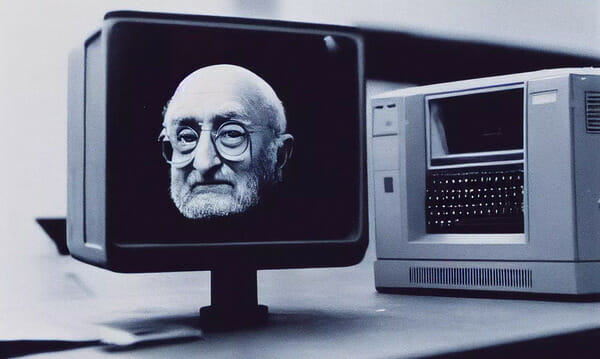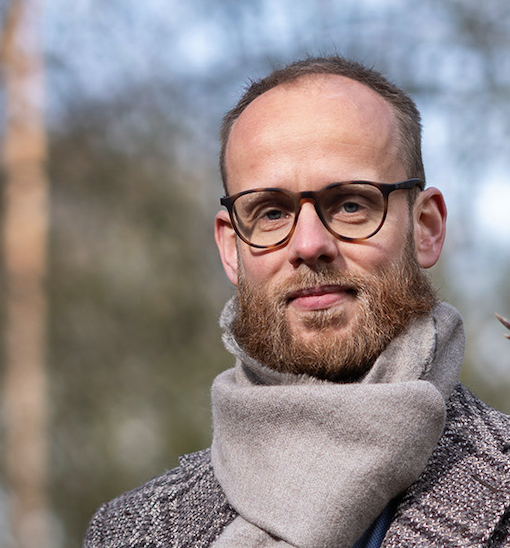
On the 15th of October our book “Real Fake – Playing with Reality in the Age of AI, Deepfakes and the Metaverse” has been released. It is our take on synthetic media, deepfakes, fake news, conspiracy theories, memes, internet culture, Generation Z and Alpha, crypto, narrative economics, virtual humans, CGI influencers, vTubers, NFTs, DAOs, VR, Web3, the Creator Economy and the Metaverse. Real Fake is about how humans continuously manipulate reality and how new digital technology tools enable us to go one step further in this ancient game.
Call Of Duty Made $800 Million In One Weekend

“To put this money in context outside of the gaming world, consider that the largest movie opening weekend in history, Marvel’s “Avengers: Endgame,” earned “just” $357 million, per the figures of Box Office Mojo. The highest-grossing film in history, “Avatar,” has earned just under $3 billion since it hit screens in 2009. “Modern Warfare II” just earned over a quarter of that figure in three days.”
Call of Duty is more than just a “video game”. It also functions as social media, hosting a community of players. People are not only playing, but also chatting and relaxing. It is a modern digitalized version of a clubhous. Call of Duty has become more of a cultural touchstone. So we should think differently about video games, because they are playing an ever increasing role in our culture!
Are We Living Under ‘Technofeudalism’?

“The vision underlying the technofeudalism thesis […] holds that 21st-century capitalism has been superseded by a new economic system overseen by Big Tech. At the core of the argument is the idea that today’s capitalists are not by and large reinvesting their profits to develop new capacities to expand output or increase labor productivity. Rather, an increasingly ludicrous share of growth comes in the form of surveillance platforms with tenuous relations to workers who make widgets for a profit.”
Worries Grow That TikTok Is New Home for Manipulated Video and Photos
“Misleading edits, fake news stories and deepfake images of politicians are starting to warp reality on the popular video platform. […] The danger of manipulated media lies in the way it risks further damaging the ability of many social media users to depend on concepts like truth and proof.”
How Republicans Fed A Misinformation Loop About The Pelosi Attack

“Within hours of the brutal attack last month on Paul Pelosi, the husband of the speaker of the House, activists and media outlets on the right began circulating groundless claims — nearly all of them sinister, and many homophobic — casting doubt on what had happened. Some Republican officials quickly joined in, rushing to suggest that the bludgeoning of an octogenarian by a suspect obsessed with right-wing conspiracy theories was something else altogether, dismissing it as an inside job, a lover’s quarrel or worse. The misinformation came from all levels of Republican politics.”
The conspiracy theory prompts an act of violence; that act of violence needs to be disavowed, and it can only be disavowed by more conspiracy theories, which prompts more violence.
How Online Mobs Act Like Flocks Of Birds
The behavior is determined by the structure of the network, which shapes the behavior of the network, which shapes the structure, and so on.
“A growing body of research suggests that human behavior on social media — coordinated activism, information cascades, harassment mobs — bears striking similarity to this kind of so-called “emergent behavior” in nature: occasions when organisms like birds or fish or ants act as a cohesive unit, without hierarchical direction from a designated leader. How that local response is transmitted — how one bird follows another, how I retweet you and you retweet me — is also determined by the structure of the network. For birds, signals along the network are passed from eyes or ears to brains pre-wired at birth with the accumulated wisdom of the millenia. For humans, signals are passed from screen to screen, news feed to news feed, along an artificial superstructure designed by humans but increasingly mediated by at-times-unpredictable algorithms. It is curation algorithms, for example, that choose what content or users appear in your feed; the algorithm determines the seven birds, and you react. […] We may, at this point, be better served as a society by starting from scratch and making a mass exodus from the present ecosystem into something entirely new.”
MUST READ: The Only Crypto Story You Need To Know

“Where it came from, what it all means, and why it still matters.”
A must read that covers all aspects of cryptocurrencies.
AI, Artists, and the Future of Images

“We need to look head-on at the reality that AI art is here, and it’s not going away–but that doesn’t mean “art is dead.” Art has survived millennia of technical advances, and is arguably most vital and alive in these moments of transition. As long as there are humans there will be art.”
MUST WATCH: Why Brands Are Investing Millions In The Metaverse
Brands are spending tens of millions of dollars investing in the metaverse. Gucci, Nike, Burberry and Walmart are just some of the companies buying up digital land as a way to promote their products. Nearly $2bn has been spent in the past year on metaverse real estate, according to analysts. But it’s not just big corporations turning to virtual reality: some artists and smaller businesses believe this new technology is the future of retail, and are making products which can only be sold within the metaverse.
MUST WATCH: How Brands Are Experimenting With Web3
Web3 is set up as a “winners-share-all” model, where products, services, markets, and exchanges are built together, governed together, and benefit together. Brands are increasingly dipping their toes into this world to learn how to connect with customers and create value via non-fungible tokens (NFTs), distributed ownership platforms, and blockchain. There are three approaches for doing so — virtual products, hybrid products, and distributed ownership. Ana explores the benefits and pitfalls of each of them.
MUST WATCH: The Metaverse: Extending Realities
In her keynote at this year’s Ada Lovelace Festival 2022 in Berlin Monika Bielskyte, futurist and founder of Protopia Futures, talked about how the concept of the Metaverse is deeply grounded in dystopian fiction and what needs to change about its narrative of the future in order to contribute to a more inclusive, more sustainable future of technology – marked by interaction and a life-centric design.
MUST WATCH: The Crow
In this animation, artificial intelligence is used to transform a dancer into a crow. The result is a haunting and compelling piece that follows the crow through its brief dance in a landscape of post-apocalyptic barrenness, to its inevitable demise.
Contact
Real Fake is a weekly newsletter in which SogetiLabs’s Research Institute VINT examines the future where synthetic reality becomes part or our objective reality. We investigate the impact of new technology on people, organisations and our society. If you have any questions or comments, do not hesitate to contact us. You can reach us at vint@sogeti.com.

 English | EN
English | EN 